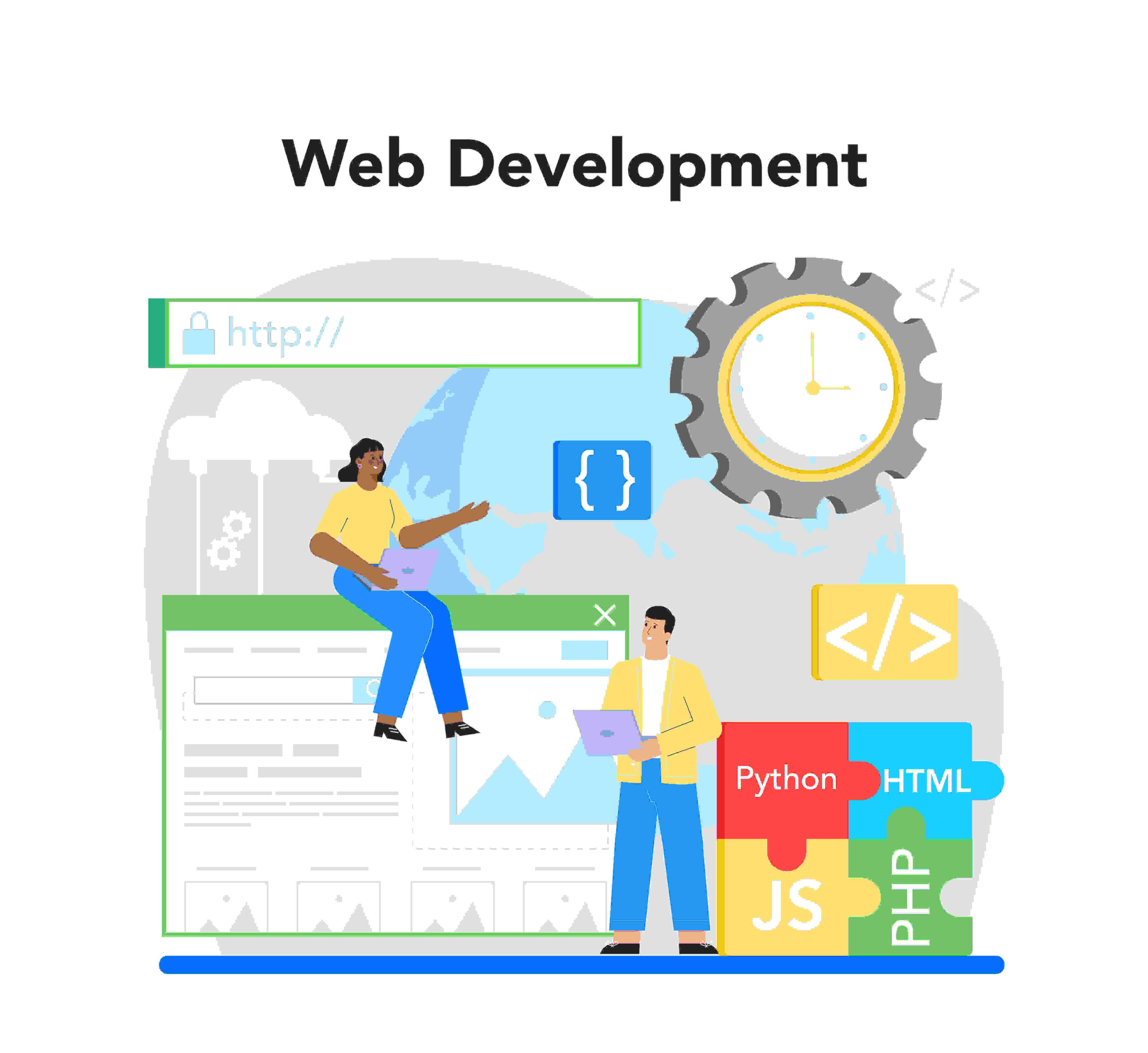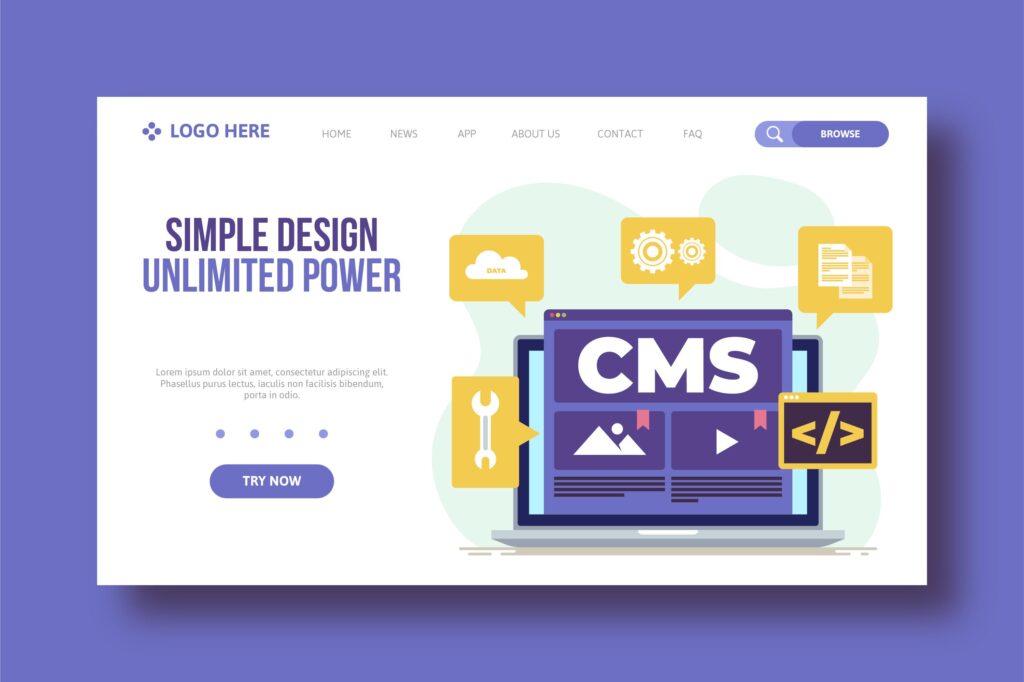In today’s fast-paced digital world, web development has become more complex and demanding. Whether you’re building a personal blog, an e-commerce platform, or a dynamic web application, choosing the right web development framework is a critical decision. With numerous options available, it’s essential to understand the key factors that influence your choice. In this guide, we’ll delve into the world of web development frameworks, focusing on the keyword “web development frameworks” throughout the content, and explore the factors to consider when selecting the perfect tool for your project.
Introduction
Web development frameworks are the backbone of web applications. They provide a structured approach to building websites, making development more efficient, secure, and scalable. When selecting a framework, you need to consider various aspects to ensure it aligns with your project’s goals and requirements.
What Are Web Development Frameworks?
Web development frameworks are a set of pre-built tools, libraries, and best practices that simplify the development process. These frameworks offer a structured foundation for creating web applications, enhancing code quality, and speeding up development.
The Significance of Choosing the Right Framework
The importance of choosing the right web development framework cannot be overstated. Here’s why:
- Efficiency: Frameworks provide pre-built components, reducing the need to write code from scratch and accelerating development.
- Consistency: They enforce coding standards and conventions, ensuring a consistent codebase and facilitating collaboration among developers.
- Security: Many frameworks include built-in security features, protecting your web application from common vulnerabilities.
- Scalability: A well-chosen framework can accommodate your application’s growth, saving you from costly rewrites.
Types of Web Development Frameworks
Web development frameworks can be categorized into three primary types:
1. Frontend Frameworks
Frontend frameworks are responsible for the user interface and user experience of a web application. They include popular libraries like React, Angular, and Vue.js, all of which focus on enhancing the visual aspects and interactivity of your site.
2. Backend Frameworks
Backend frameworks handle server-side operations, including data management, server communication, and application logic. Some well-known backend frameworks include Express.js, Django, Ruby on Rails, and Laravel.
3. Full-Stack Frameworks
Full-stack frameworks combine both frontend and backend capabilities in one package. They are ideal for developers looking for an all-in-one solution. Examples include MEAN (MongoDB, Express.js, Angular, Node.js) and MERN (MongoDB, Express.js, React, Node.js) stacks.
Considerations for Choosing a Web Development Framework
Selecting the right framework involves assessing several crucial factors:
1. Project Requirements
Your project’s requirements should drive your framework choice. Consider the complexity, scalability, and functionality you need for your web application.
2. Language Proficiency
Evaluate your team’s expertise and familiarity with programming languages. Choose a framework that aligns with your team’s skills.
3. Community and Support
A strong community and ample documentation can be a lifesaver during development. Active communities provide a wealth of resources, forums, and tutorials for problem-solving.
4. Performance
Web application performance is crucial. Assess the speed, efficiency, and optimization potential of the framework to ensure your application is responsive and quick.
5. Security
Security is paramount. Opt for a framework that incorporates security features or supports integration with authentication and encryption practices.
6. Scalability
Consider your project’s growth potential. A scalable framework will save you from major overhauls as your application expands.
7. Cost
Budget constraints are a real concern. Some frameworks are open-source, while others require licensing fees. Factor in your financial resources when making a decision.
Popular Web Development Frameworks
Here are some widely used web development frameworks for each category:
Frontend Frameworks:
- React: Developed by Facebook, React is renowned for its component-based architecture and virtual DOM, making it an excellent choice for building interactive user interfaces.
- Angular: Developed by Google, Angular is a comprehensive framework offering a wide range of features for building complex web applications.
- Vue.js: Vue is a progressive framework, allowing you to incrementally adopt its features, making it an excellent choice for developers of all levels.
Backend Frameworks:
- Express.js: A minimal, flexible Node.js web application framework that provides a robust set of features for web and mobile applications.
- Django: Known for its “batteries-included” philosophy, Django is a high-level Python web framework that encourages rapid development and clean, pragmatic design.
- Ruby on Rails: Ruby on Rails, or simply Rails, is a web application framework written in Ruby, known for its elegant and efficient coding style.
Full-Stack Frameworks:
- MEAN Stack: Combining MongoDB, Express.js, Angular, and Node.js, the MEAN stack is a full-stack framework for building dynamic web applications.
- MERN Stack: Similar to MEAN, the MERN stack replaces Angular with React, providing another powerful full-stack option.
Case Studies
To illustrate the impact of selecting the right web development framework, let’s consider a few scenarios:
Case Study 1: E-Commerce Website
For a large-scale e-commerce website with complex features like user accounts, payment processing, and inventory management, a full-stack framework like MERN or MEAN might be the ideal choice. The combination of a robust front end and back end ensures the scalability and efficiency required to handle a high volume of users and transactions.
Case Study 2: Personal Blog
On the other hand, if you’re developing a simple personal blog with a limited budget, a frontend framework like React or Vue.js could be more suitable. These lightweight frameworks are easy to learn and well-suited for smaller projects.
Conclusion
Choosing the right web development framework is a pivotal decision in the development of web applications. By carefully considering your project’s requirements, your team’s proficiency, and essential factors like community support, performance, security, scalability, and cost, you can make an informed choice. With the right framework in place, you’ll be well on your way to creating modern, user-friendly web apps that meet your users’ needs.
In summary, web development frameworks are the building blocks of your digital creations. So, choose wisely, and your web applications will thrive in the competitive digital landscape. Happy coding!



